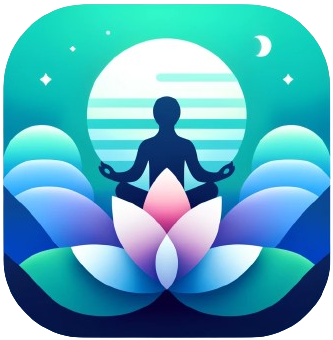“Don’t drink the Kool-Aid” is a phrase deeply embedded in American culture, often used to caution against blind obedience and unquestioning loyalty. This metaphor has a dark origin, rooted in the tragic events of the Jonestown massacre in 1978. Understanding the history and implications of this phrase can serve as a powerful reminder of the dangers of uncritical thinking and the importance of maintaining personal autonomy and skepticism.
The Origin: A Tragic Lesson
The phrase “drinking the Kool-Aid” originates from the Jonestown massacre, a horrifying event where over 900 members of the Peoples Temple, led by cult leader Jim Jones, died in a mass murder-suicide in Guyana. Jones ordered his followers to consume a drink laced with cyanide, which was either Kool-Aid or a similar brand called Flavor Aid. This tragic event highlighted the extreme consequences of unquestioning loyalty and the susceptibility of individuals to manipulative leaders.
The Modern Context: Blind Obedience in Everyday Life
Today, “don’t drink the Kool-Aid” is used as a warning against the dangers of blindly following authority, trends, or ideologies without critical analysis. Here are some areas where this cautionary advice is particularly relevant:
- Cult of Personality:
- Leaders in various domains, from politics to business, can wield significant influence over their followers. When people place unquestioning trust in these figures, they may overlook critical issues, leading to harmful consequences. It’s essential to evaluate leaders based on their actions and policies, rather than charismatic appeal alone.
- Corporate Culture:
- In the workplace, employees may feel pressured to conform to a dominant corporate culture, even if it conflicts with their values or ethical standards. Blindly adhering to such norms can stifle creativity, ethical decision-making, and personal well-being. Encouraging a culture of open dialogue and critical thinking can help prevent such issues.
- Social Media and Trends:
- Social media platforms amplify trends and opinions, often creating echo chambers where dissenting voices are drowned out. Following trends without scrutiny can lead to misinformation and poor decision-making. It’s crucial to fact-check information and consider multiple perspectives before accepting popular opinions.
- Health and Wellness:
- The health and wellness industry is rife with fad diets, miracle cures, and unverified treatments. Blindly following these without understanding the scientific evidence behind them can lead to detrimental health outcomes. Consulting healthcare professionals and relying on reputable sources is essential for making informed decisions.
The Importance of Critical Thinking
Critical thinking is the antidote to the dangers of “drinking the Kool-Aid.” It involves actively analyzing, evaluating, and synthesizing information to make reasoned decisions. Here are some strategies to cultivate critical thinking:
- Ask Questions:
- Don’t accept information at face value. Ask probing questions to understand the underlying logic and evidence. Who is providing this information? What are their motives? Is there empirical support for their claims?
- Seek Diverse Perspectives:
- Expose yourself to a variety of viewpoints to avoid the pitfalls of confirmation bias. Engaging with differing opinions can provide a more comprehensive understanding of an issue.
- Evaluate Sources:
- Assess the credibility of sources before accepting their information. Reputable sources typically have a track record of accuracy, transparency, and accountability.
- Reflect on Your Beliefs:
- Regularly reflect on your own beliefs and biases. Are your opinions based on evidence, or are they influenced by uncritical acceptance of authority or popular trends?
Conclusion
“Don’t drink the Kool-Aid” serves as a powerful metaphor for the importance of maintaining autonomy and exercising critical thinking. Whether in the context of leadership, corporate culture, social media, or health, the dangers of blind obedience are ever-present. By fostering a mindset of inquiry, skepticism, and open-mindedness, individuals can navigate the complexities of modern life more effectively and safeguard against the perils of uncritical conformity.


